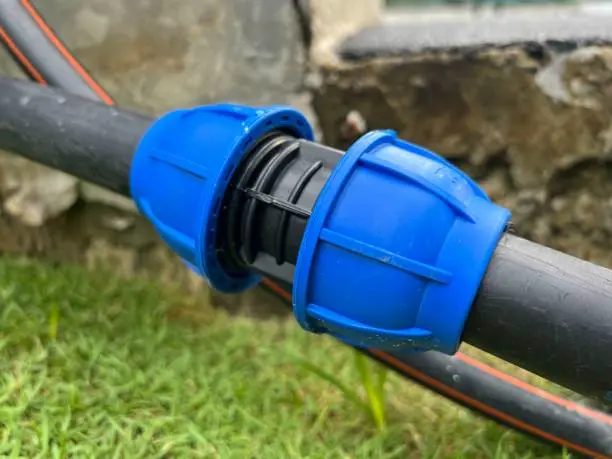Introduction:
In the dynamic field of plumbing and construction, understanding bonding of the most common way to join plastic pipes is pivotal. This comprehensive guide navigates through the characteristics, advantages, and practicality of the prevalent method, shedding light on the seamless unification it brings to your projects.
Section 1: Plastic Pipes – The Cornerstone of Modern Piping
Plastic Piping Evolution:
Explore the evolution of plastic pipes, emphasizing their versatility, corrosion resistance, and suitability for diverse applications.
Section 2: The Common Method – Fusion Bonding
Fusion Bonding Overview:
Introduce the concept of fusion bonding, the most common method for joining plastic pipes, emphasizing its efficiency and reliability.
Butt Fusion Technique:
Delve into the precision of butt fusion, where the ends of plastic pipes are heated and joined together, ensuring a seamless and robust connection.
Section 3: Advantages of Fusion Bonding Plastic Pipes
Homogeneous Integration:
Emphasize how fusion bonding creates a homogeneous structure, eliminating potential weak points and ensuring a robust and durable piping system.
Leak-Free Assurance:
Highlight the significance of leak-free connections achieved through fusion techniques, providing long-term reliability and reducing maintenance costs.
Section 4: Applications of Fusion Bonding for Plastic Pipes
Water Distribution Systems:
Explore the use of fusion techniques in water distribution systems, emphasizing the reliability and durability of plastic joints in delivering clean and safe water.
Gas Conduits and Industrial Pipelines:
Examine the versatility of fusion bonding in gas conduits and industrial pipelines, showcasing its efficiency and reliability in maintaining the integrity of diverse systems.
Section 5: Best Practices for Fusion Bonding Plastic Pipes
Proper Surface Preparation:
Guide readers on the importance of preparing the surfaces of plastic pipes before fusion bonding, ensuring a secure and durable joint.
Correct Fusion Parameters:
Emphasize the significance of adhering to correct fusion parameters, such as temperature and pressure, to guarantee a reliable and leak-free joint.
Section 6: Case Studies
Success Stories in Plastic Pipe Fusion Mastery:
Present case studies that showcase successful applications of fusion bonding in real-world scenarios. These examples serve as practical illustrations of the effectiveness and value of the most common method.
Conclusion:
Summarize the key advantages of fusion bonding techniques for plastic pipes, emphasizing their impact on strength, durability, efficiency, and overall project success.
Call to Action:
Empower readers to explore the possibilities of employing fusion bonding techniques in their plastic pipe projects. Provide resources for obtaining additional information, consulting with experts, and making informed decisions to ensure successful and reliable connections in their endeavors.
Contact
We will reply your email or fax within 24 hours.
You can call us at any time if there is any question on our production.
For more information,pls visit our webside https://www.ifanplus.com/
Pls Mailto: [email protected]






